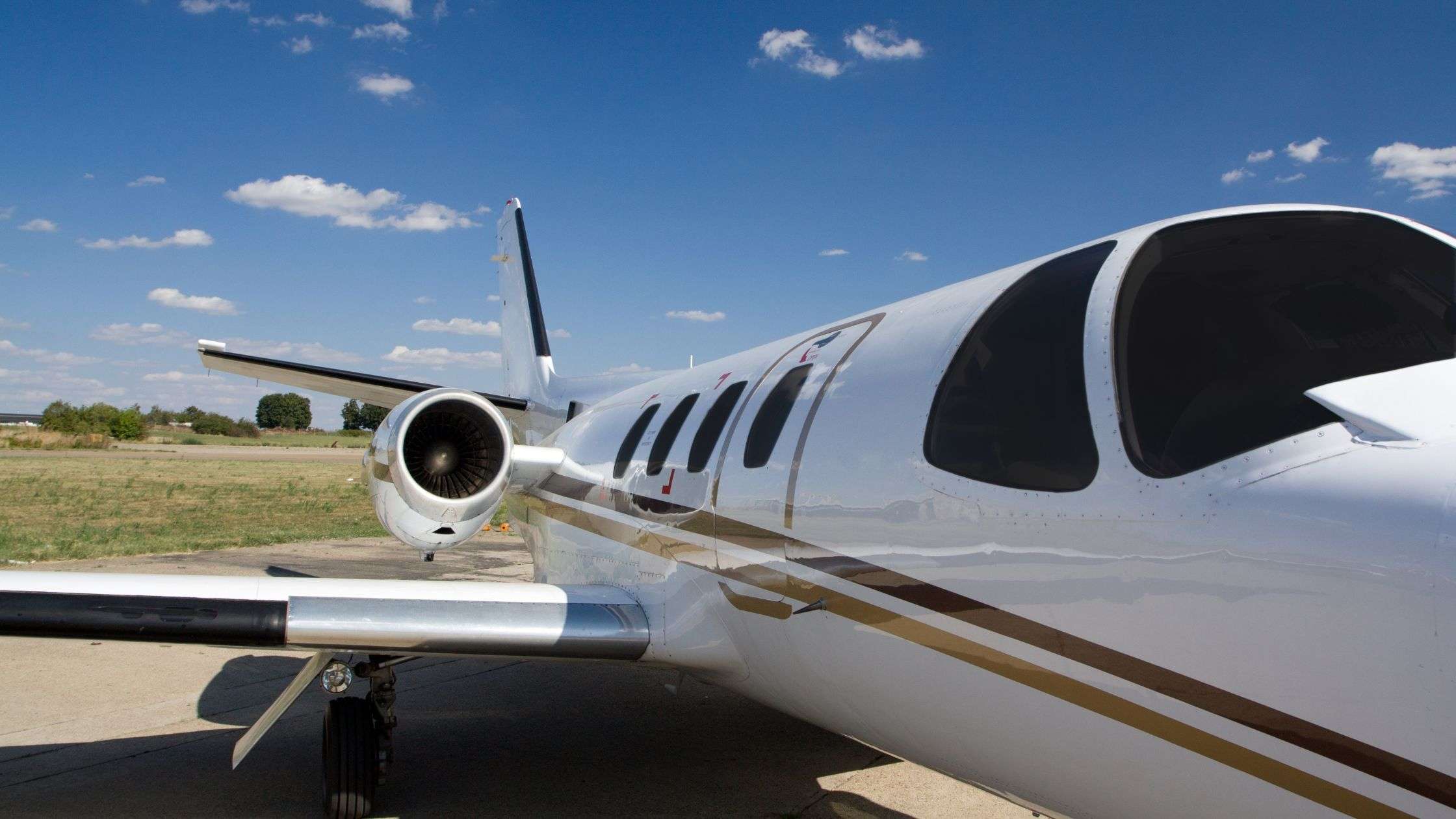Did you know that safety is the guiding principle that directs every flight in general aviation? From the moment you enter an airport terminal, you enter a world of stringent maintenance protocols, highly trained pilots, and vigilant crew members. This realm of aviation ensures each flight is a flawless journey through the skies. Safety is the cornerstone of air travel, instilling confidence and peace of mind for every passenger.
The Importance of Safety in Private Jet Travel
Safety in aviation isn’t just about comfort; it’s a fundamental necessity. The industry is built on rigorous regulations, strict maintenance schedules, and the expertise of highly trained professionals. These elements form a robust safety net, minimizing the risks associated with human and mechanical errors, adverse weather conditions, and unforeseen emergencies. For travelers, this means boarding a flight with confidence in their well-being.
How Safe Are Private Jets?
While air travel is one of the safest modes of transportation globally, private aircraft charter services further reduce the chances of encountering unsafe conditions. At a general aviation terminal, you interact with fewer people than at a commercial terminal, significantly reducing the risk of accidents before or after your flight. Onboard, the crew is smaller, ensuring a more personalized and controlled environment. Let’s delve into the key factors that contribute to aircraft charter safety.
Maintenance: The Bedrock of Private Jet Safety
Maintenance is crucial for the safety of any aircraft, including private jets. It accounts for only 5.5% of all private plane accidents. Private jet operators follow strict maintenance schedules recommended by aircraft manufacturers and aviation authorities. These schedules include routine inspections and preventive measures to identify and fix potential issues before they become safety concerns. For instance, programs like “Scheduled Aircraft Maintenance” (SAM) encompass regular checks, component replacements, and thorough servicing to ensure the airworthiness of the jet.
The Role of Pilot Training in Ensuring Safety
Pilot error is a significant factor in aviation accidents, contributing to over 80% of general aviation mishaps. Therefore, pilot training is critical for private jet safety. Pilots must have specific licenses and certifications, with larger jets in the United States requiring pilots to hold an Airline Transport Pilot (ATP) certificate. Experience is invaluable; pilots with thousands of flight hours are better equipped to handle various scenarios.
Reputable Operators and Safety Audits
The reputation of private aircraft operators is another layer of safety assurance. Reputable operators implement safety management systems (SMS) to identify and mitigate potential risks. Independent organizations like Wyvern and ARGUS conduct safety audits and provide certifications for these operators, ensuring adherence to best practices and maintaining an impeccable safety record.
Advanced Safety Features in Modern Aircraft
The type of aircraft used in private jet charter flights significantly impacts safety. Modern private jets are equipped with advanced safety features such as digital avionics, anti-icing systems, and improved materials, all of which enhance overall safety. Older aircraft, while still reliable if properly maintained, may require more frequent and costly upkeep. For example, the Gulfstream G650 boasts cutting-edge systems that elevate flight safety, while a well-maintained vintage jet like the Learjet 35 continues to offer high safety standards.
Security Measures in Private Jet Travel
Security is paramount in general aviation, especially given its frequent use by high-profile passengers. Security protocols include access controls, passenger background checks, and coordination with security agencies. For example, government officials or celebrities often have additional protection measures, such as security personnel or pre-flight security sweeps. Passengers are also briefed on safety protocols, including seatbelt usage, emergency exits, and the proper use of safety equipment. Flight attendants typically provide safety demonstrations at the start of each flight, explaining the use of life vests, oxygen masks, and emergency slides. When considering a private jet flight booking, these enhanced security measures ensure that every aspect of the journey is secure and well-managed.
Final Thoughts: Safety in Private Jet Travel
Both private jet and commercial air travel adhere to rigorous safety standards, ensuring passengers’ well-being. Private jet charter offers an intimate, personalized experience with high levels of safety, supported by stringent maintenance, experienced pilots, and advanced safety features. By choosing reputable operators and modern aircraft, passengers can enjoy the luxury and convenience of private charter flights with peace of mind.
So, whether you book a private jet flight or fly commercially, both options provide safe, reliable, and enjoyable travel experiences. With careful planning and adherence to industry best practices, private jet travel is a secure and efficient way to fly, ensuring you reach your destination comfortably and safely.
Also Read – Renting or Buying a Private Jet: Which is better??





